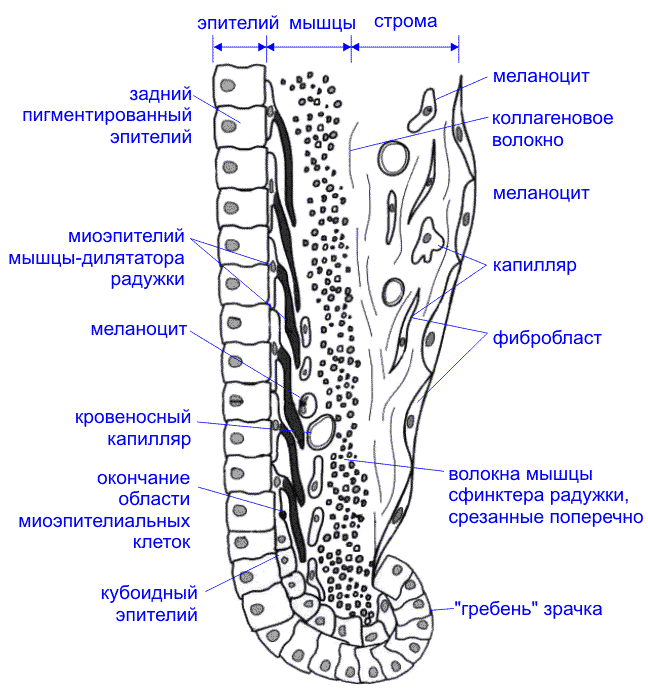Желудочковая аритмия: литература
Campbell RWF: Class IB antiarrhythmic agents. In: Podrid PJ, Kowey PR, eds: Cardiac Arrhythmias: Mechanisms, Diagnosis, and Management. Baltimore: Williams & Wilkins, 1995, p 391. Review of class lb antiarrhythmic drugs and their use in humans.
Gomoll AW, Lekich RF, Bartek MJ, et al: Comparability of the electro-physiologic responses and plasma and myocardial tissue concentrations of sotalol and its d-stereoisomer in the dog. J Cardiovasc Phar-macol 16:204, 1990. Reference for drug dosing in an experimental dog model.
Link MS, Homoud M, Fote CB, et al: Antiarrhythmic drug therapy for ventricular arrhythmias: Current perspectives. J Cardiovasc Electrophysiol 7:653, 1996. Review article that provides up-to-date information concerning the drug treatment of ventricular arrhythmias.
Moise NS, De Francesco T: Twenty-four-hour ambulatory electrocardiography (Holler monitoring). In: Bonagura JD, Kirk RW, eds: Kirk's Current Veterinary Therapy XII. Philadelphia: WB Saunders, 1995, p 792. Instructions on the use, application, and interpretation of Holler monitoring in the dog.
Moise NS, Gilmour RF Jr, Riccio ML, et al: Diagnosis of inherited ventricular tachycardia in German shepherd dogs. J Am Vet Med Assoc 210:403, 1997. Review (complete references of syndrome given) of the inherited sudden death that occurs in young German shepherds.
O'Callaghan PA McGovern BA: Evolving role of sotalol in the management of ventricular tachyarrhythmias. Am J Cardiol 78:54, 1996. information in humans on how sotalol rose from a last-chance antiarrhythmic to one of the most favored in the treatment of ventricular arrhythmias.
Patterson E, Eller ВТ, Abrams GD, et al: Ventricular fibrillation in a conscious canine preparation of sudden coronary death: Prevention by short- and long-term amiodarone administration. Circulation 68:857,1983. Reference for the determination of dosing of amiodarone.
Podrid PJ, Fuchs T, Candinas R: Role of sympathetic nervous system in the genesis of ventricular arrhythmias. Circulation 82 (Suppl I):I-03,1990. Reviews the important role that sympathetic tone plays in the triggering of arrhythmias and how this influences treatment.
Stanton MS: Class I antiarrhythmic drugs: Quinidine, procainamide, diso-pyramide, lidocaine, mexiletine, tocainide, phenytoin, moricizine, fle-cainide, propafenone. In: Zipes DP, Jalife J, eds: Cardiac Electrophysiology: From Cell to Bedside. Philadelphia: WB Saunders, 1995, p 1296. Complete review of class I antiarrhythmic drugs.
Woosley RL: Role of plasma concentration monitoring in the evaluation of response to antiarrhythmic drugs. Am J Cardiol 62:9H, 1988. Although an older paper, it contains valuable information regarding measuring drug concentrations and relating the results to treatment.
